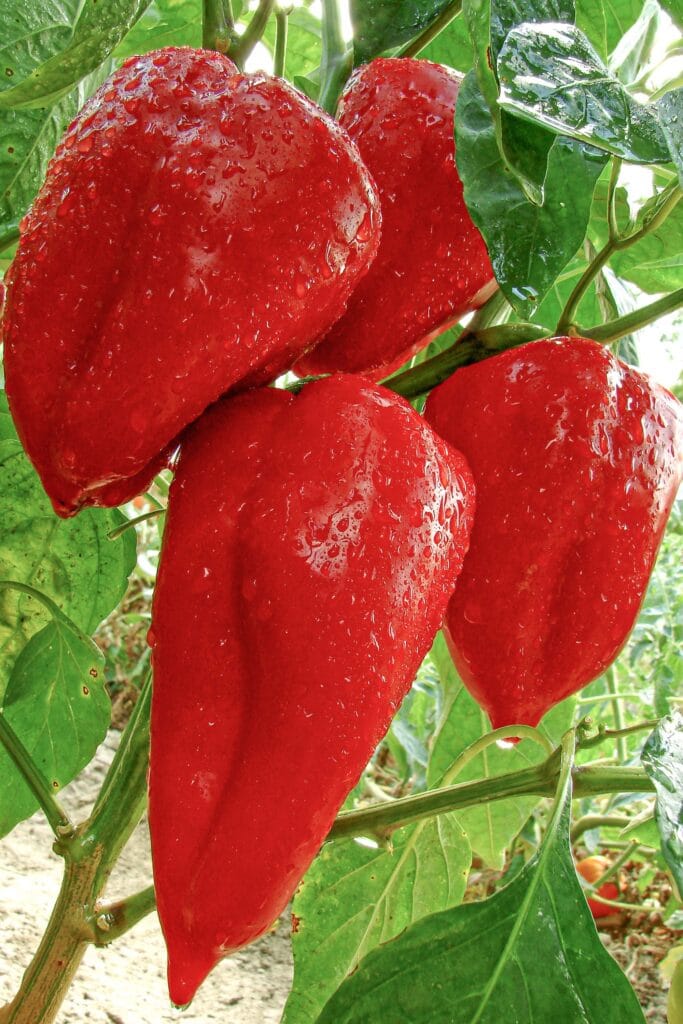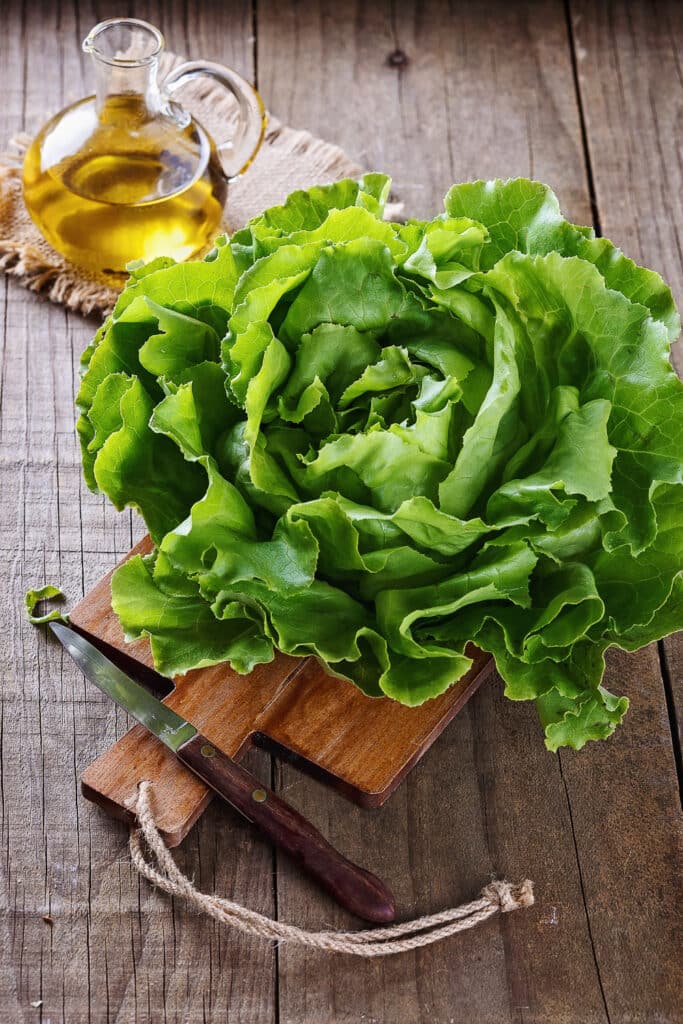A Guide to the Best Companion Plants for Celery
Welcome to our comprehensive guide on companion plants for celery! Designed for garden enthusiasts of all levels, this article will introduce you to the world of companion plants and their symbiotic relationships with celery. Discover how incorporating companion plants can boost your celery’s health, deter pests, and improve overall yield.

In this guide, we’ll explore the fascinating dynamics between celery and its companion plants, offering insights into which plants thrive alongside celery and why. Whether you’re seeking to maximize your garden space or simply enhance the flavor and health of your celery crop, understanding the principles of companion planting is key. From aromatic herbs like parsley and dill to pest-repellent marigolds and vibrant nasturtiums, we’ll delve into a variety of companion options suited to different garden setups and preferences.
Good Celery Companions
These companion plants offer numerous benefits to celery, including natural pest control by repelling harmful insects or attracting beneficial ones that prey on pests. Additionally, certain companion plants help improve soil health by fixing nitrogen or providing essential nutrients, which can enhance celery’s growth and vigor.
Beans and Peas
Legumes such as green beans, bush beans, pole beans, and peas fix nitrogen into the soil. Celery requires an abundance of nitrogen for healthy growth, making legumes one of the best companions for celery.
The pungent aromatic smell of celery will also mask the smell of the beans from whiteflies.

Alliums (Onion Family)
Members of the allium family like onions, leeks, shallots, green onions, and garlic will improve the sweetness of your celery crop.
Alliums are superstars in the companion gardening world because they are anti-fungal and anti-bacterial and help prevent diseases before they take hold in your garden beds.
Leeks specifically will make great celery companion plants as they help prevent celery leaf miners and provide shade for the celery during hot summers.
Note:
Alliums and legumes both make great companion plants for celery, but they don’t play well with each other. The anti-bacterial effect of alliums reduces legume’s ability to fix nitrogen in the soil, harming the legume and reducing its effectiveness as a companion plant. So you can have one or the other as a companion.
Brassicas (Cabbage Family)
Celery plants are good companion plants for cabbage family members because they deter cabbage moths. Cabbage moths will chew through the leaves of cabbage crops and can decimate a harvest.
Members of the cabbage family like cabbage, brussels sprouts, broccoli, kale, kohlrabi, turnips, and cauliflower all make good companions for celery.

Spinach
Use spinach companion plants as a living mulch to help choke out weeds and keep the soil cool and moist. Spinach and celery both require similar growing environments and watering needs, meaning one won’t be dried out while the other is waterlogged.
Tomatoes & Peppers
Pepper plants, tomato plants, and celery all like to grow in similar soil types and prefer the same environmental growing conditions, so they grow well together without much fuss.
Celery prefers shade during the hottest part of the day, and taller plants like tomatoes and peppers will provide it for them. Check out our related article on the best vegetables to grow in the shade.

Aromatic Herbs
If you want healthy celery stalks adding a few aromatic herbs can provide many benefits:
Heavily scented herbs like thyme, rosemary, hyssop, oregano, sage, basil, lavender, summer savory, and mint act as insect repellants. Thyme is an excellent deterrent against garden moths and pesky aphids.
Flowering aromatic herbs also attract beneficial pollinators like butterflies and honey bees. Pollinators will help increase the yields in your gardens as they assist with pollination. The flowers also attract beneficial insects like ladybugs, parasitic wasps, lacewings, and garden beetles which will help control infestations of pesky harmful insects.

Geraniums
Geraniums emit a strong scent that repels and deters worms, slugs, and flea beetles, which can be very destructive to celery plants. They are also known to prevent and even destroy Japanese beetles.
The geranium flowers also attract beneficial pollinators for other plants in the garden, creating a healthy ecosystem. Plus, the flowers look lovely and add charm to growing along the rows or inside a garden bed.
Cosmos
Cosmos flowers attract predatory insects like parasitic wasps, which will destroy many common garden pests, making them a good celery companion.
Nasturtiums
Some gardeners claim nasturtium companion plants can help repel pests like aphids, Colorado potato beetles, Mexican bean beetles, and squash bugs.
Grow nasturtiums as a ground cover to provide welcoming environments for beneficial ground beetles and spiders and act as a mulch crop to keep the ground cool and moist for your celery plants. The flowers can also act as a trap crop, luring the pests away from your food crops.
Marigolds
Marigold companion plants make a great partner for celery by repelling and destroying root-knot nematodes. They also help repel spider mites and control aphids!
Use marigolds against root-knot nematodes by planting them the season before and tilling them under the soil. Marigolds’ effects on root-knot nematodes only occurs as the plant is decomposing. You can also plant near your celery early and dig the marigolds under mid-season.
It is also important to note that only French marigolds are effective against root-knot nematodes. Marigolds can also help prevent spider mites and aphids.

Poor Celery Companions
Poor companion plants can negatively impact celery by competing for resources such as water, nutrients, and sunlight, leading to stunted growth and reduced yield. Additionally, certain companion plants may attract pests or diseases that can spread to the celery crop, increasing the risk of infestation or infection.
Avoid growing these plants with your celery:
Corn
Sweet corn is a heavy feeder; avoid planting heavy-feeding plants near your celery. Celery and corn will compete aggressively for any available nutrients in the soil, harming both plants.
- Learn More: Find out which plants do make good corn companion plants.
Potatoes
Celery makes poor companion plants for potatoes because it is a long-season plant that will remain in the ground after the potato harvest. As a result, the shallow root system of the celery plant will be harmed by the harvesting of the potatoes, causing stunted growth or plant death.
This root vegetable is also a heavy feeder; the two plants will compete for nutrients and water if planted close to one another.
Parsley
Parsley plants and celery come from the same family, and share the same pests, diseases, and nutrient requirements. All types of parsley will fight aggressively for the same nutrients as a celery plant and can cause stunted growth for both.
Carrots
Using carrot companion plants for celery presents the same problems as potatoes and parsley. Harvesting the long carrot taproots can damage the root system of the celery, and carrots and celery share the same pests and diseases, including the carrot rust fly.
Zucchini
Zucchini is a heavy feeder and will drain the soil of nutrients, which could stunt the celery’s growth. There are many viable options for zucchini companion plants, but celery isn’t on the list!

Expert Tips
- Utilize Aromatic Herbs: Incorporate aromatic herbs such as parsley, dill, and cilantro as companion plants for celery. Not only do these herbs help repel pests like aphids and whiteflies, but they also enhance the flavor of nearby vegetables like celery through their fragrant foliage.
- Explore Pest-Repellent Flowers: Integrate pest-repellent flowers like marigolds, nasturtiums, and chrysanthemums into your celery patch. These colorful blooms not only attract beneficial insects like ladybugs and hoverflies but also deter harmful pests like nematodes and aphids, safeguarding your celery crop naturally.
- Monitor Plant Compatibility: Regularly observe the interactions between companion plants and celery to ensure compatibility and prevent competition for resources. Keep an eye out for signs of overcrowding, nutrient deficiencies, or pest infestations that may indicate poor companion choices or planting arrangements.
- Experiment and Adapt: Don’t hesitate to experiment with different companion plant combinations and observe how they interact with celery in your garden. Gardening is an ongoing learning process, so be prepared to adapt your companion planting strategies based on your observations and experiences over time. Don’t forget to take notes!
FAQs
Absolutely! Celery can thrive alongside a variety of vegetables such as tomatoes, beans, and onions. Just ensure that the companion plants have similar soil and sunlight requirements to promote harmonious growth.
While companion plants can offer numerous benefits to celery, including pest control and improved soil health, you can still grow celery successfully without them. However, incorporating companion plants can enhance celery’s growth and flavor while promoting a more balanced garden ecosystem.
Companion plants like aromatic herbs and flowers can enhance celery’s flavor by imparting their fragrant oils and compounds to neighboring plants. This interaction can result in more robust and flavorful celery stalks for culinary use.
Grab Our Ultimate PRINTABLE Garden Planner
With 39 pages of planning and organizing and the ability to customize your planner with the pages you need, you won’t need another planner for the rest of your gardening life!
$4.99 US

Final Remarks
Companion planting offers a wealth of benefits for cultivating healthy and flavorful celery in your garden. By strategically selecting companion plants based on your garden’s unique challenges and requirements, you can create a diverse ecosystem where celery thrives alongside its supportive companions. Remember to experiment with different combinations, observe plant interactions closely, and adapt your companion planting strategies accordingly.
Related Posts

Author: Laura Kennedy
Writer & Owner of Little Yellow Wheelbarrow
Editor’s Note: This post was originally published on February 6, 2022. It was updated on February 29, 2024 to remove unrelated information and to add expert tips and FAQs.










